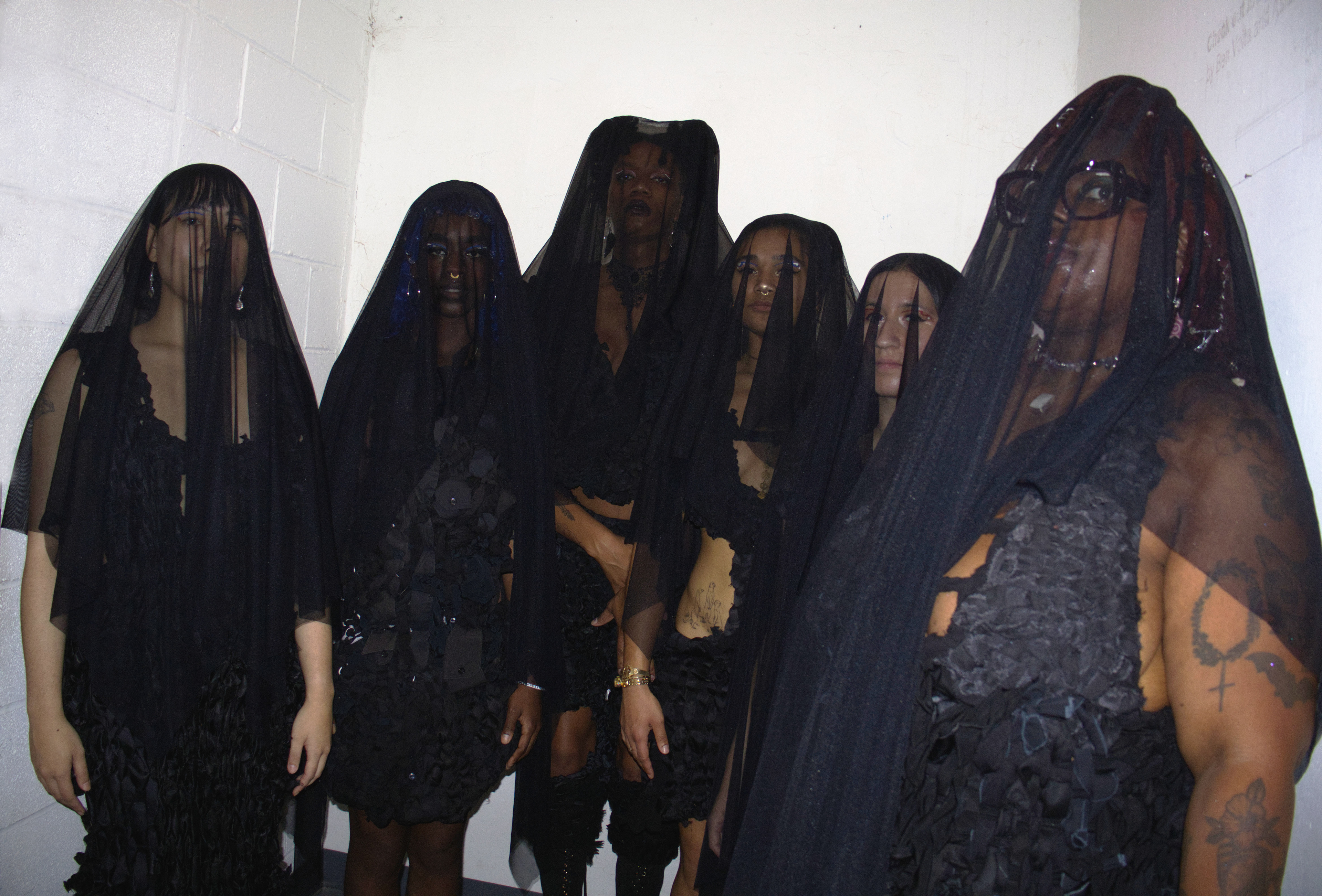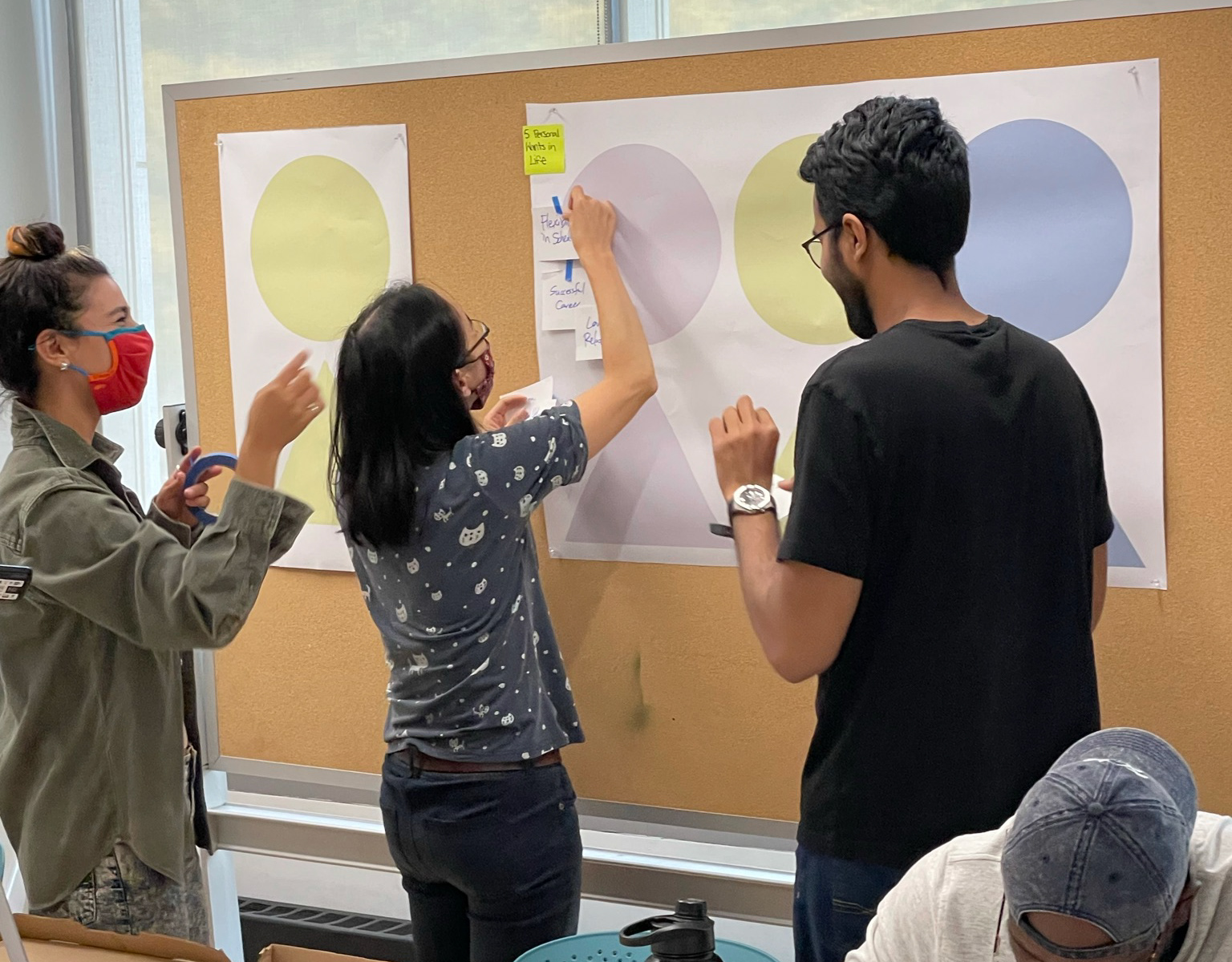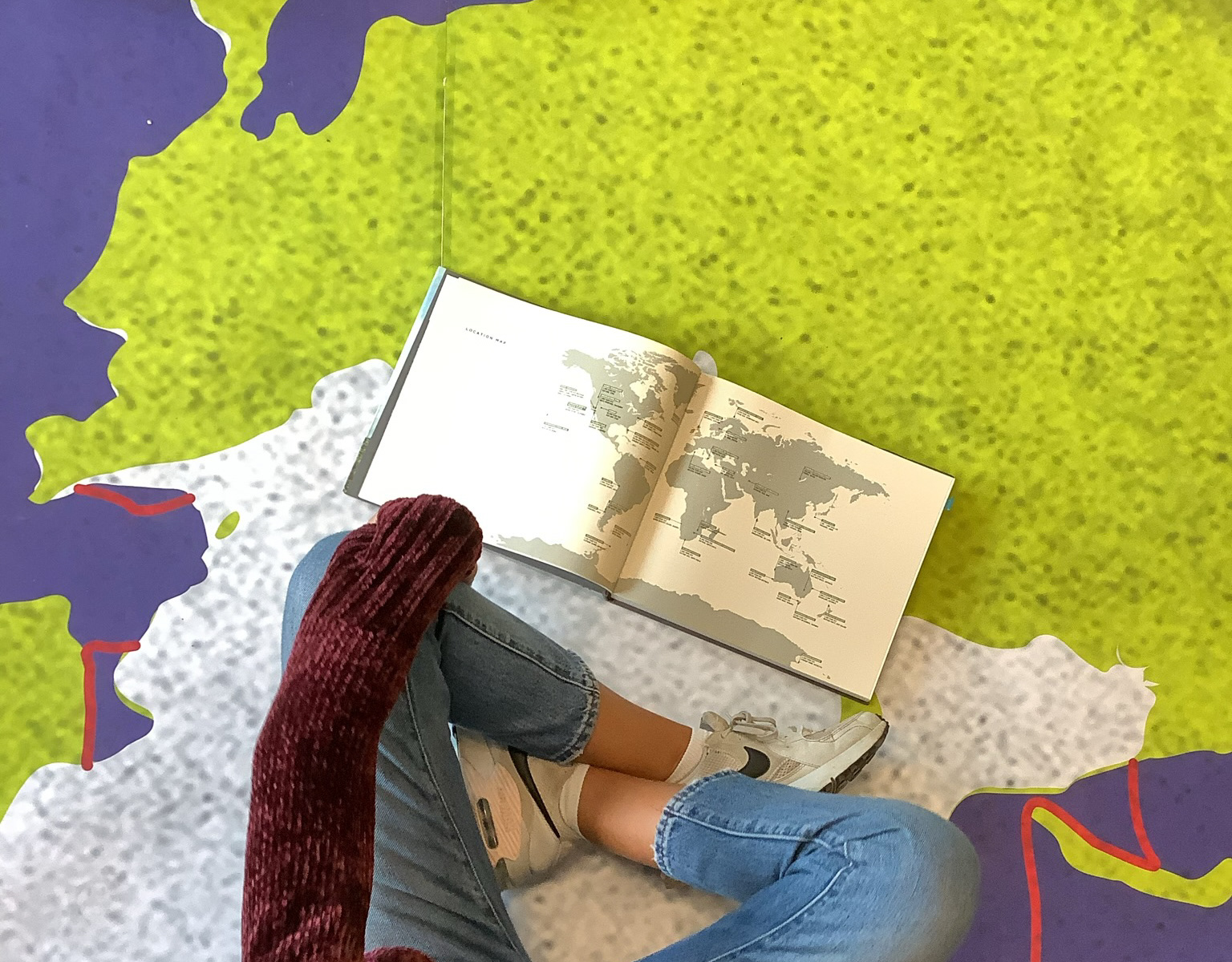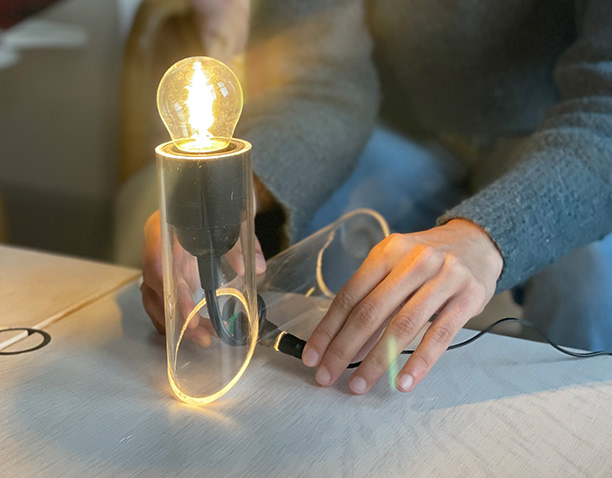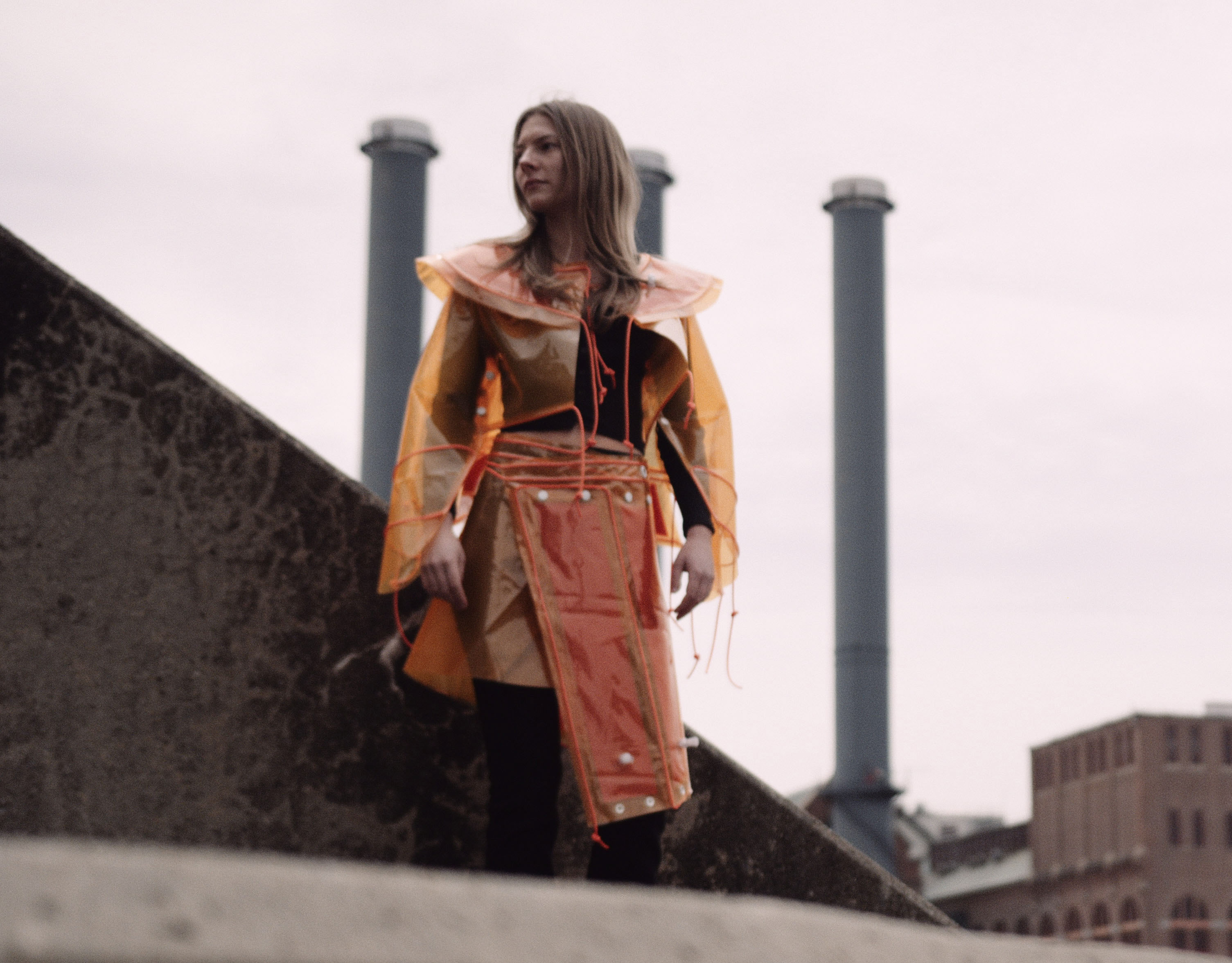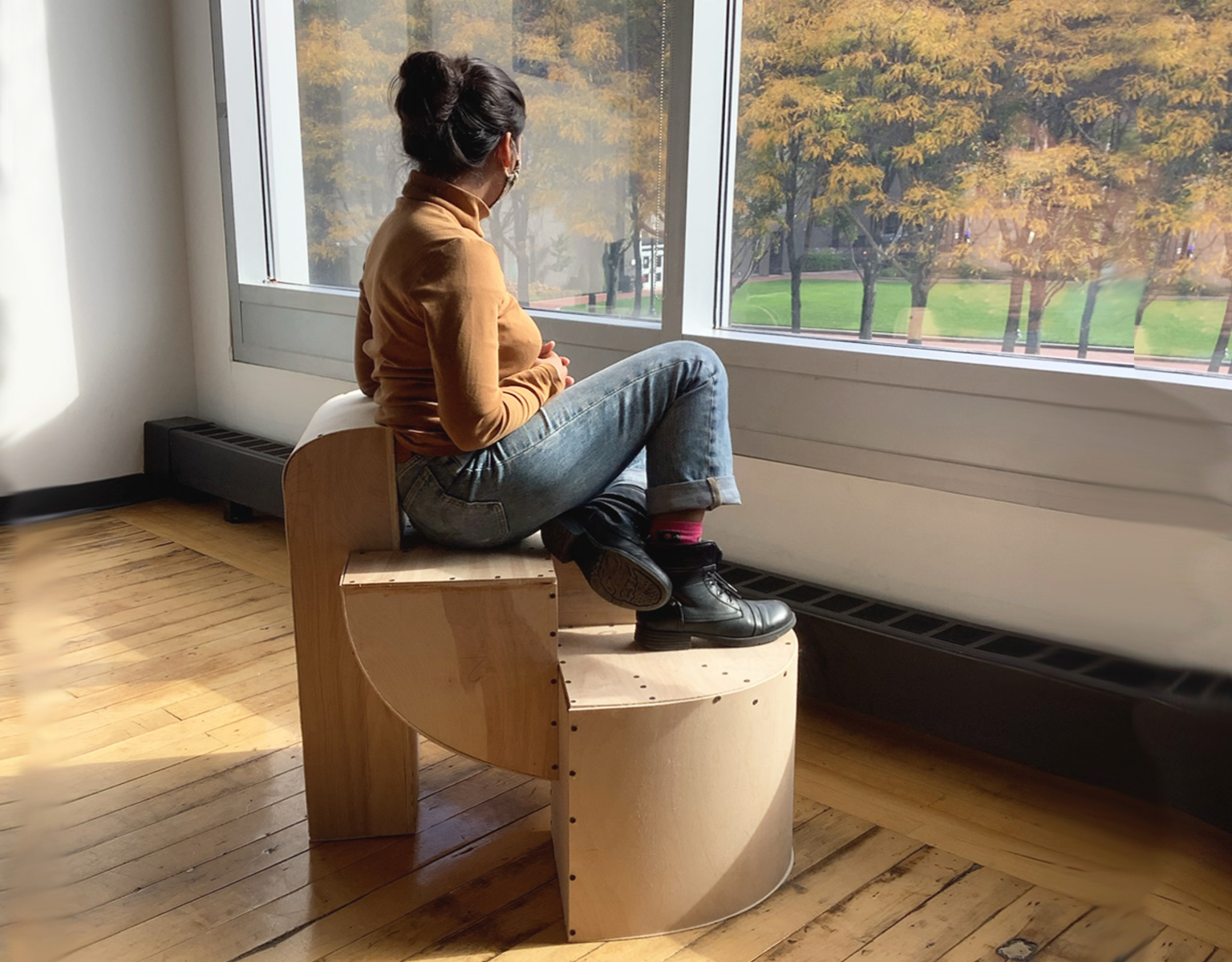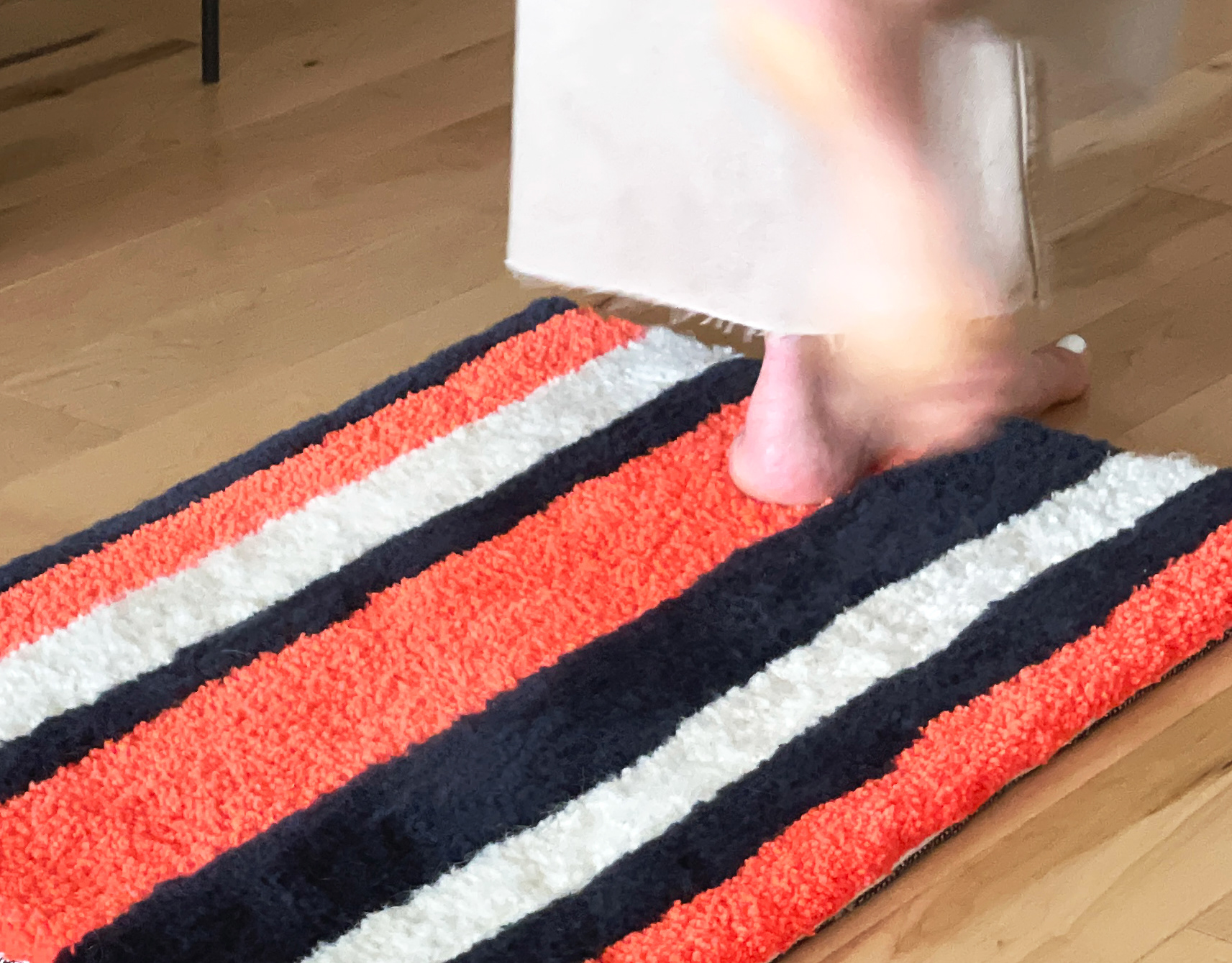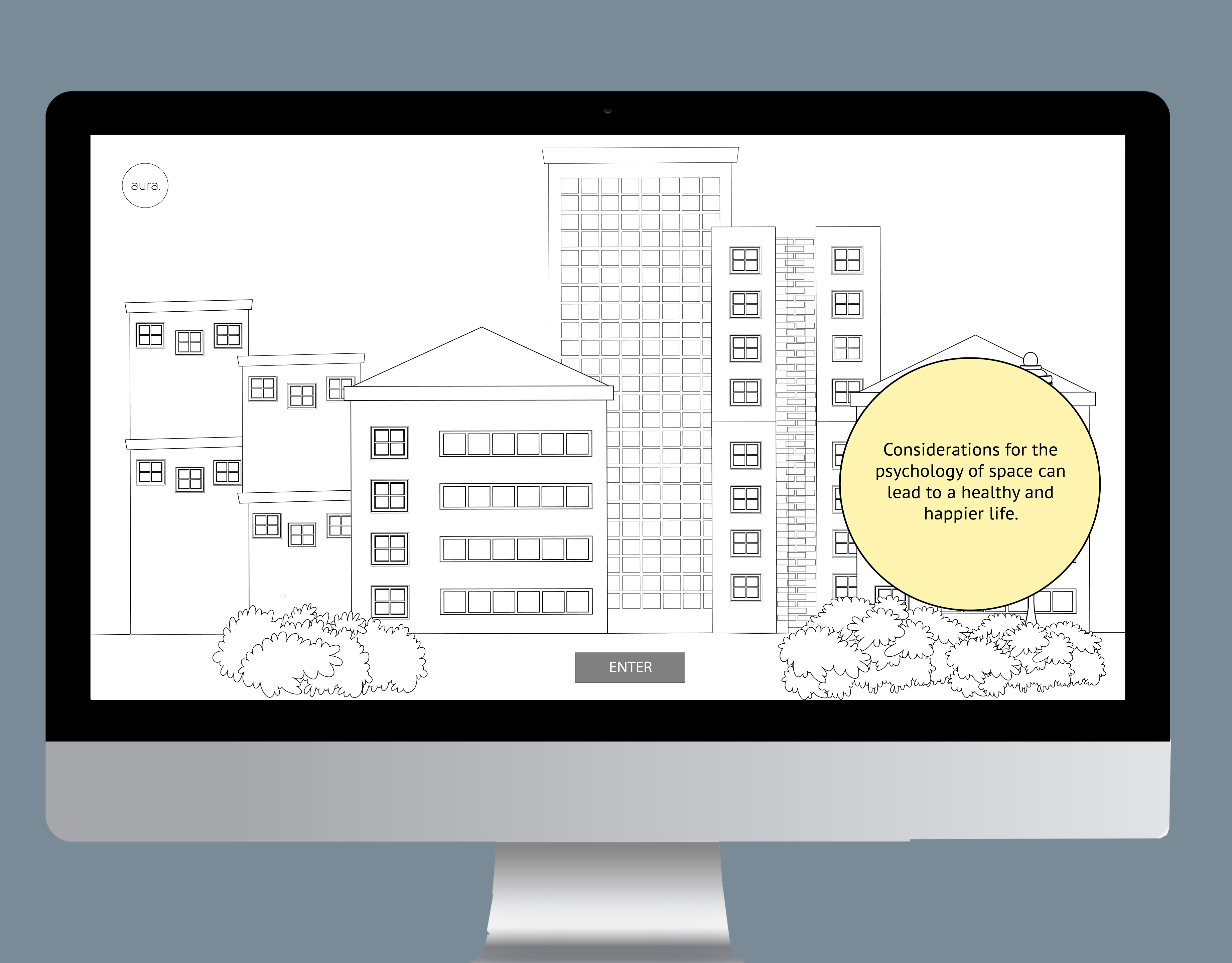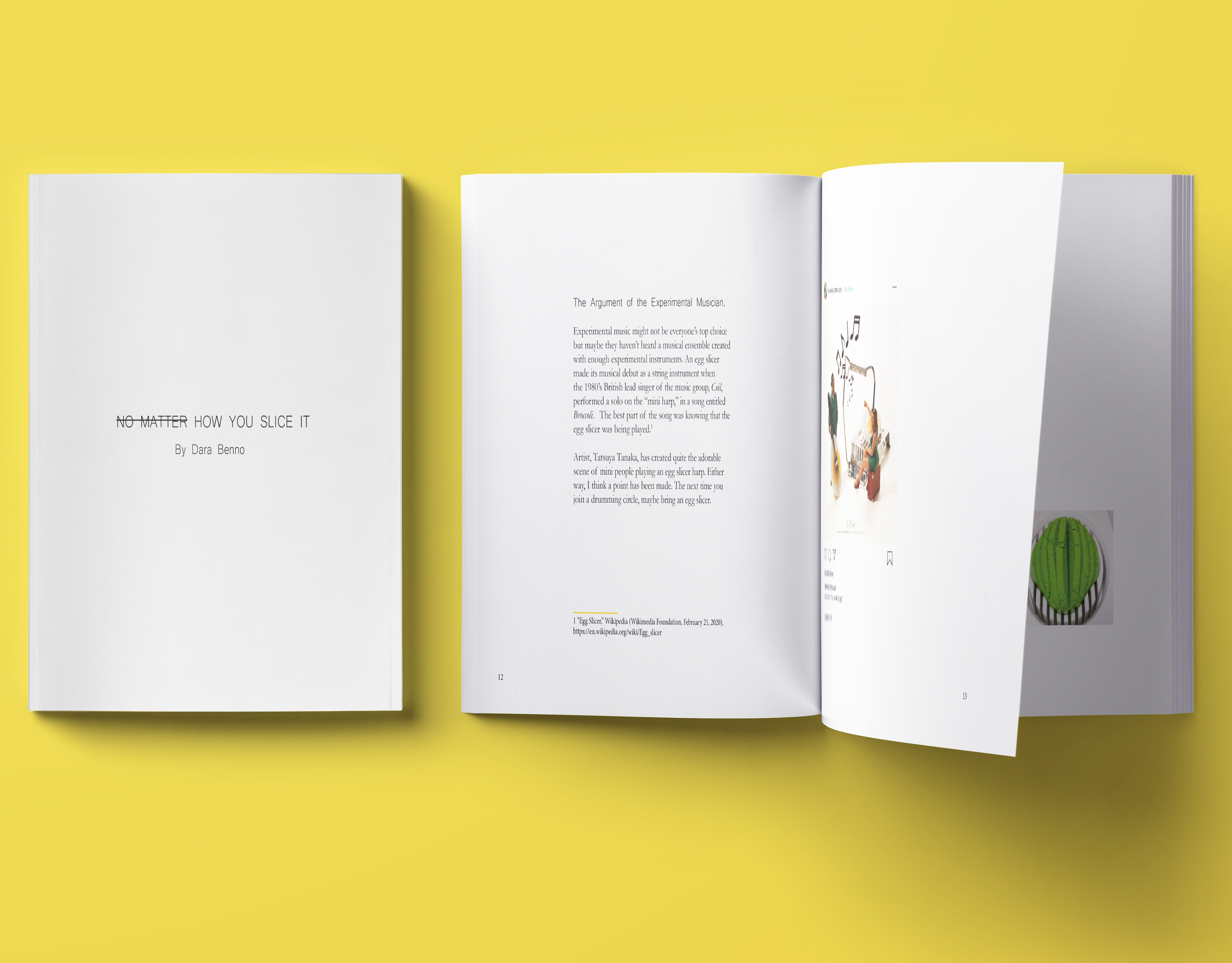How can hands-on making help with processing grief?
Mourning Light is a collection of sculpted garments that serve as a tangible expression of grief and loss, coupled with growth and healing. The ritual practice of rending is embedded into each piece — hand-tearing articles of clothing once previously worn by others in an act of mourning and loss, questioning what it means to grieve someone, something, or someplace — strange or familiar, known or unknown. The making process is of equal importance as the garments themselves, evident in the transformation achieved through the deconstruction of everyday dress and its evolution through off-loom weaving — an act of reimagination and repair. Interwoven strips with frayed edges and hanging threads provide evidence of the transition from a rough and destructive process to a meditative and repetitive one — preserving rather than erasing memory. This tactile exploration of material also models principles of slow design and sustainable practice, using handcrafting as an avenue to reconnect with our humanity. Through Mourning Light, grief is explored as a process and act, reconceiving an ancient public practice as a personal, embodied expression of loss and healing.
Process of hand-tearing garments as both a healing ritual and in preparation for weaving new garments.
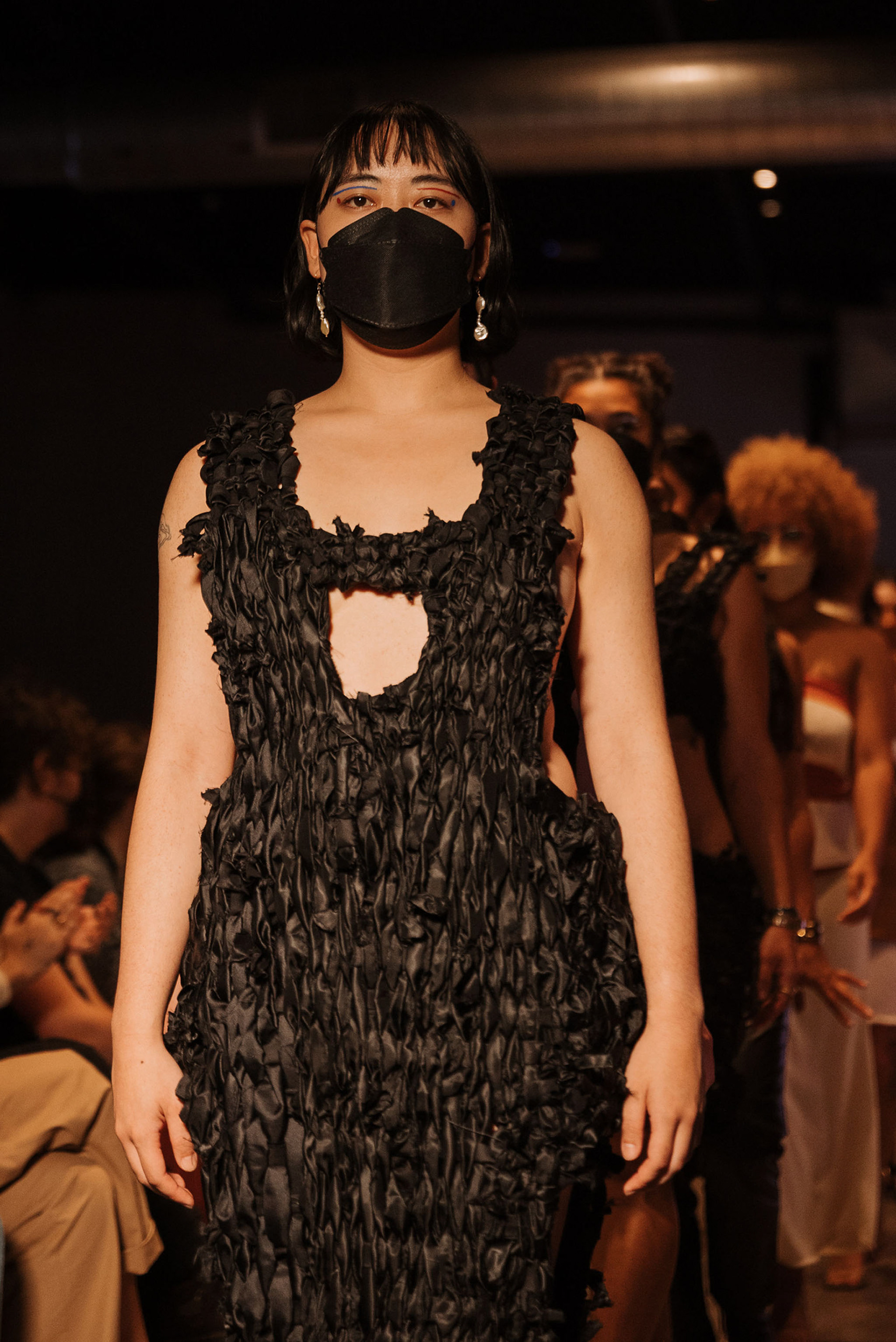
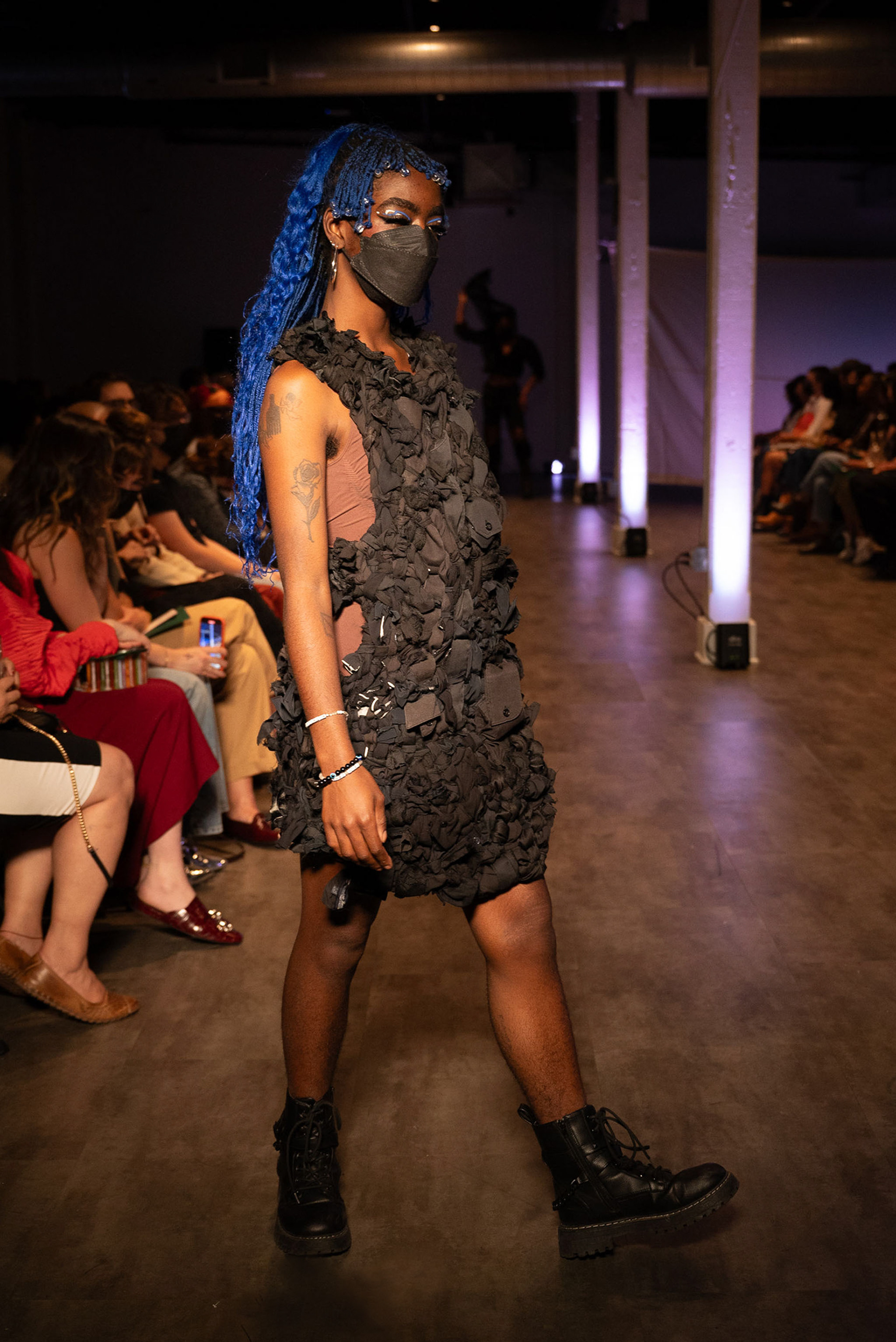
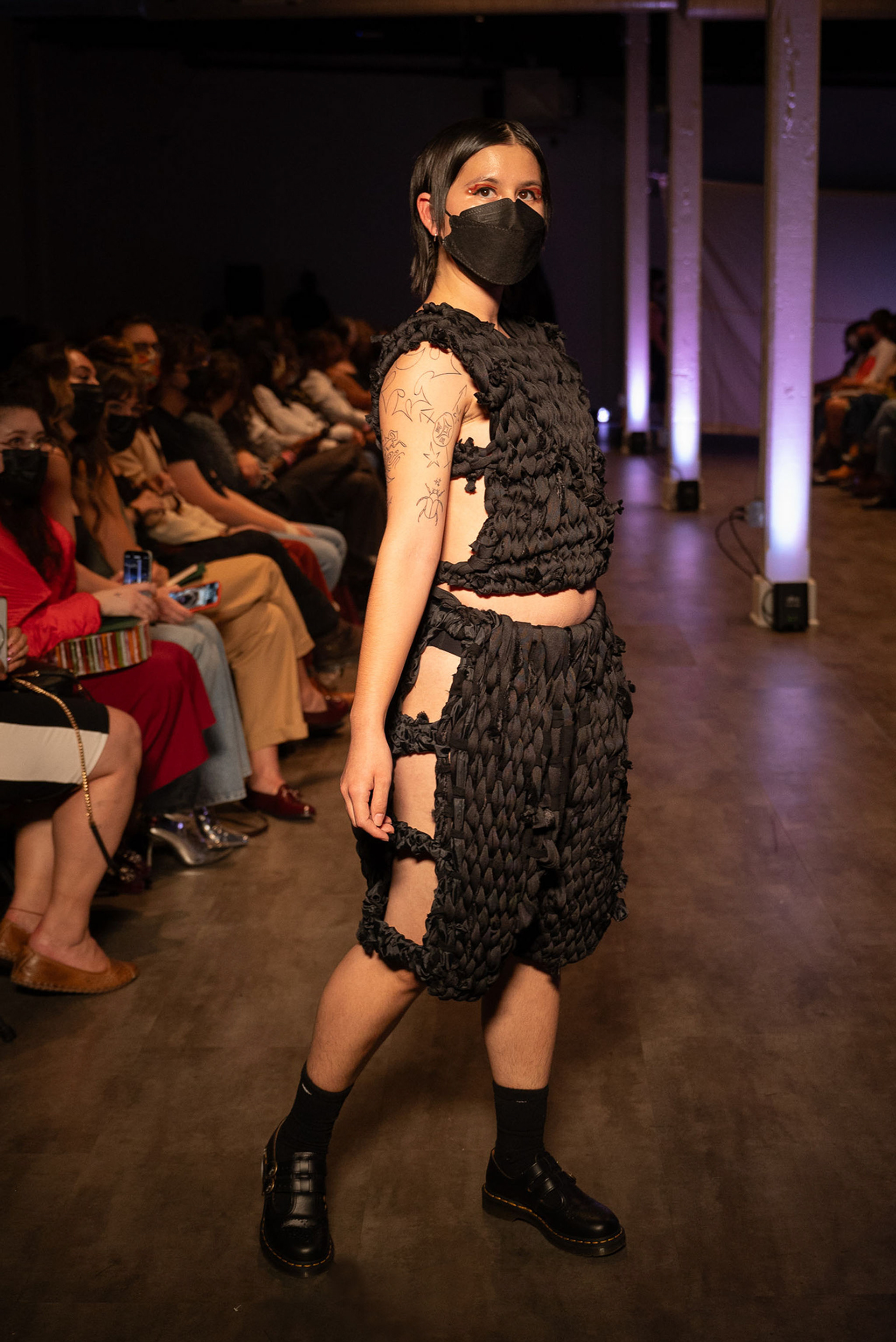
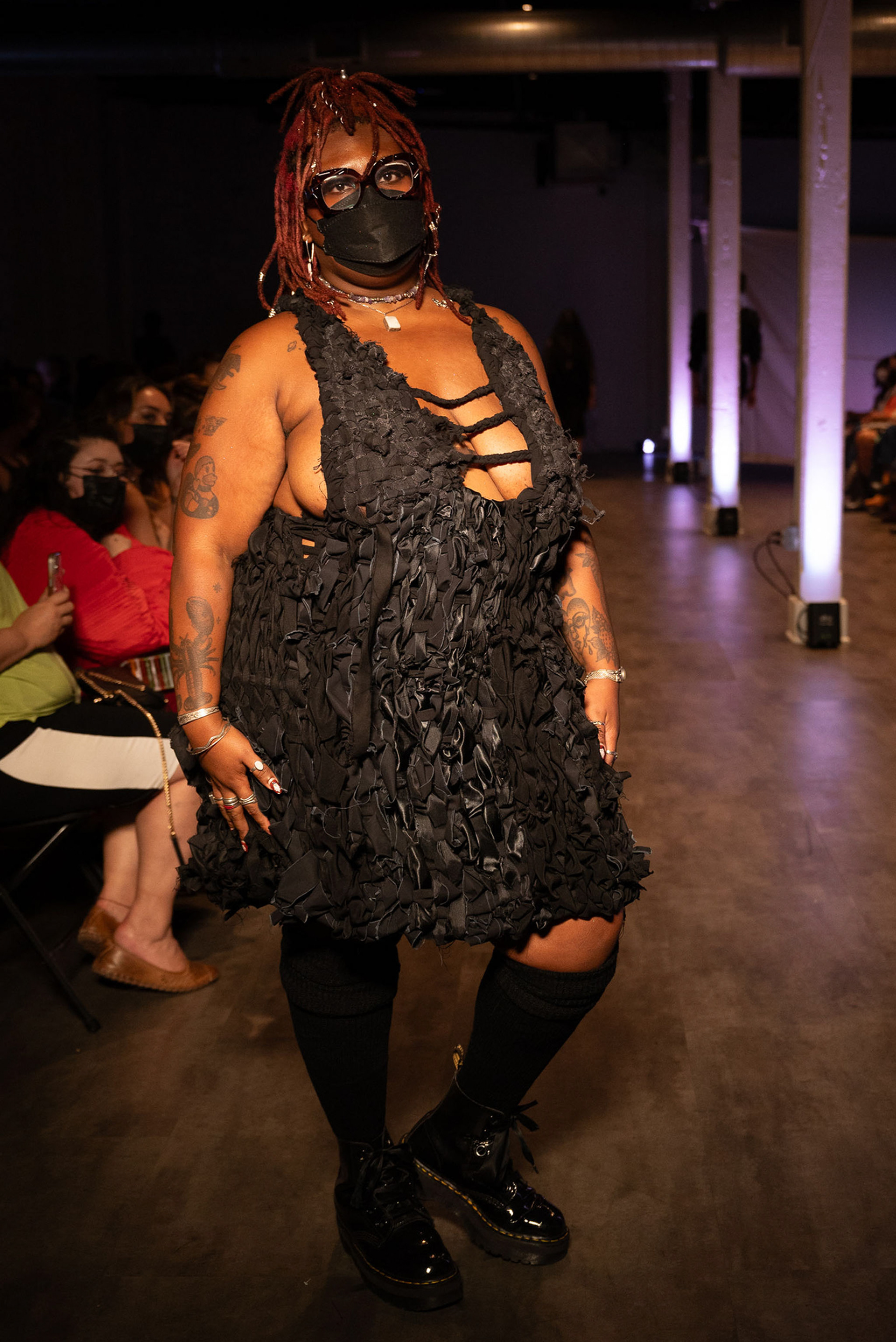
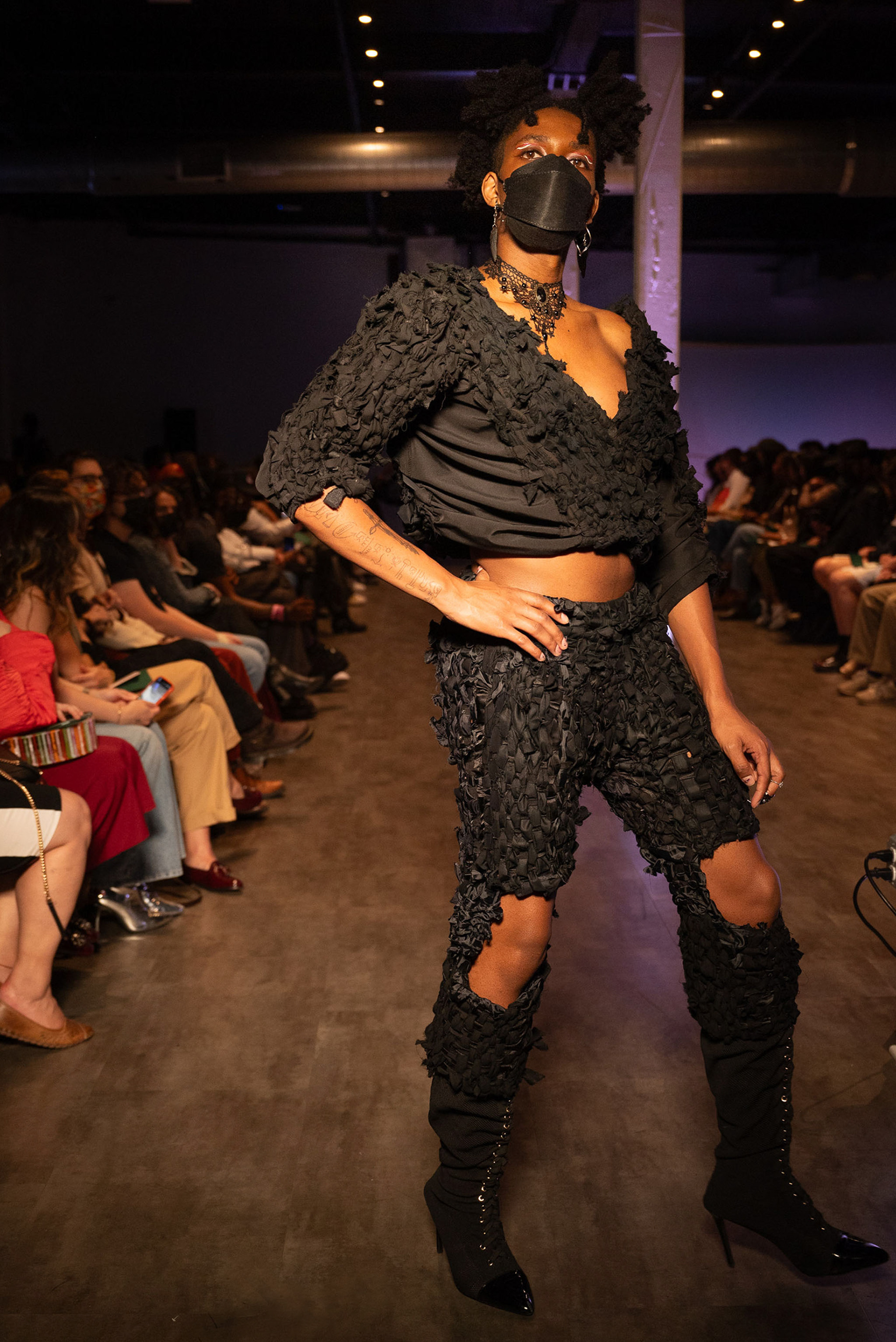
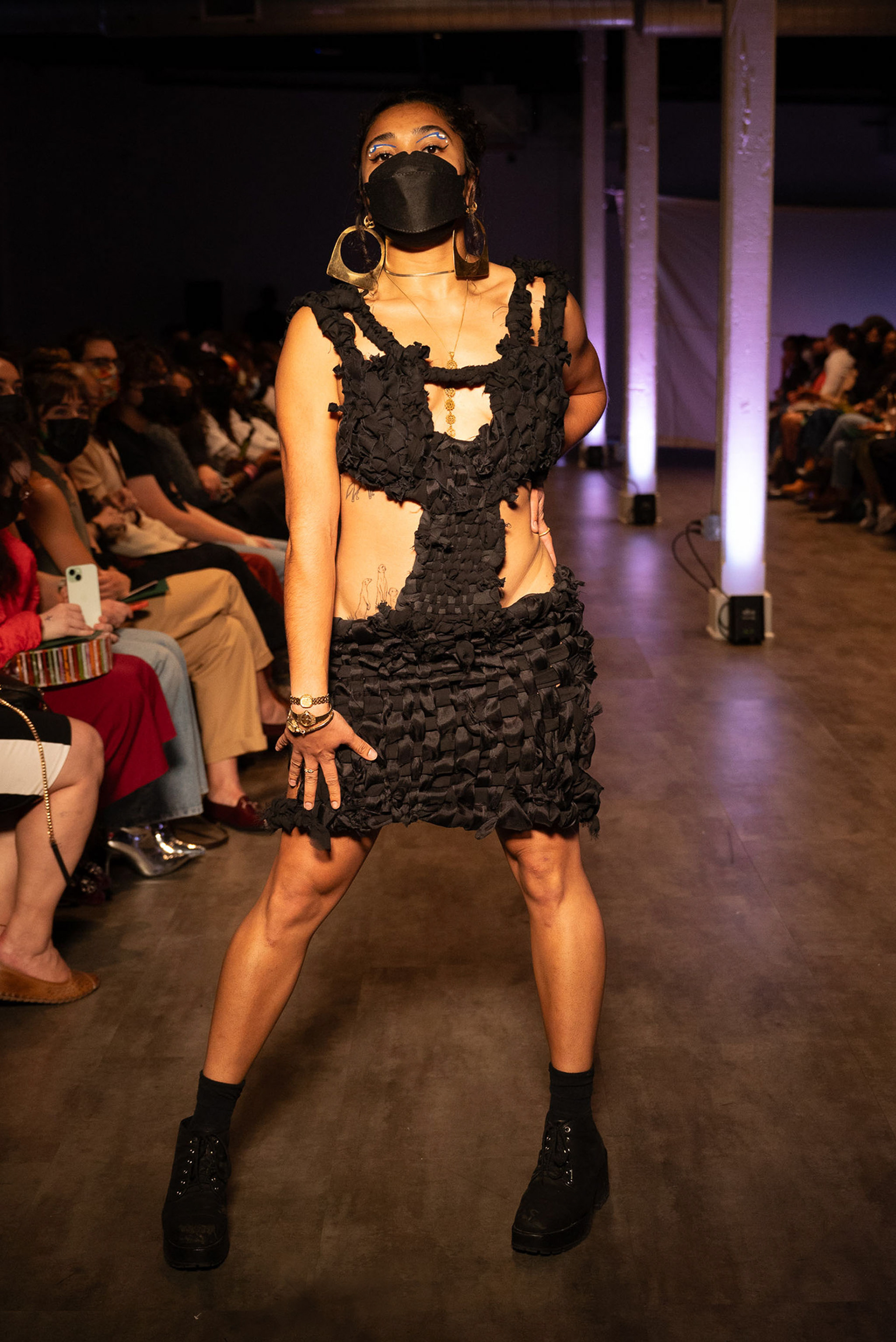
Mourning Light collection consisting of 6 looks, all constructed from hand-torn, upcycled material and woven on cardboard looms.
Stills from PORT fashion show in Philadelphia, exhibiting the work of 6 designers who prioritize sustainability in their practice.
Challenge
Being stuck in what Sally Weintrobe identifies as a ‘culture of uncare,’ stifles our ability to grow, imagine, and create. A reliance on avoidance and dissociative techniques preserves toxic mentalities of entitlement and privilege that prioritize economic gain and exploitation rather than quality of life. If our goal is to nurture a path forward, then we must make space for reflection, connection, and healing.
Facing challenging realities throughout this process can take an emotional toll and cloud visions of transformation. How can creative practice play a role in navigating a path forward when obstacles of pain and grief may stand in the way of imagining a state of repair?
Framework for collective healing (Healing Pathways), by Céline Semaan of Slow Factory, and visualized as part of the collaborative Draft Design Manual for the Polycene, produced and published by the RISD Center for Complexity.
Research + Insights
Planetary Retreat organized by the RISD Center for Complexity, 10x100 and Horizon 2045 at Diversity Lab in Berlin in June 2023.
In order to build a culture of care, we must first ground ourselves in the present. Building an awareness of space and place is directly related to an awareness of the self, other, and collective. To achieve this awareness, it is necessary to open oneself up to a heightened consciousness of the body, emotions, and internal sensations, typically through a form of somatic practice. This work on reconnecting to the self and linking creativity, despair, and healing surfaced through conversations with partners, including Rowan Conway, Cassie Robinson, and Cèline Semaan, during a series of collaborative studios and workshops led by the RISD Center for Complexity and focused on considering the kinds of values and behaviors necessary to address the complex challenges we face as a society.
As our conversations progressed, we realized that grief plays a larger role than many of us realize in hindering our ability to imagine a desirable future. As we acknowledge a state of planetary uncertainty and face ongoing social and environmental crises, it becomes more challenging to release grief and dread to imagine a path for a promising tomorrow.
Opportunity
As a maker and systems thinker, I'm fascinated with how experience shapes (object) meaning. If the way we understand the world is dictated by our interactions with people, places, and things, then could it be possible to create an alternate understanding through new (object) interactions and experiences? By working with familiar material and objects, how might we reshape an understanding of grief and present an opportunity for embodied healing through a creative process and tangible artifact?
Remembering the role of ritual in overcoming loss, I turned to what I was taught when loved ones passed away — wearing a torn black ribbon. This material symbol of mourning is meant to represent the grief that words couldn't possibly express. Taking this ritual of kriah one step further, I decided to create an entire garment (and later a collection of garments) out of hand-torn textiles.
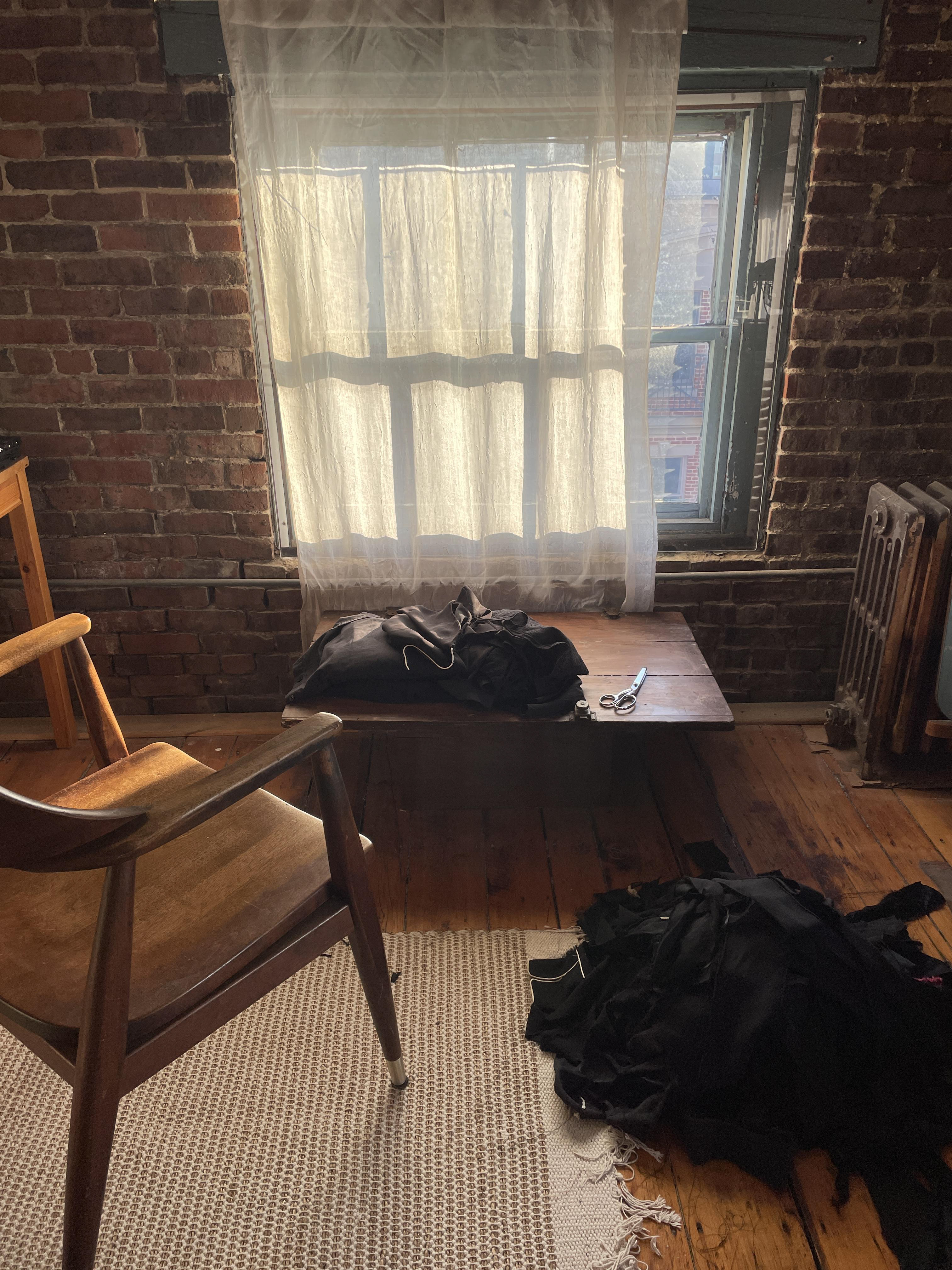
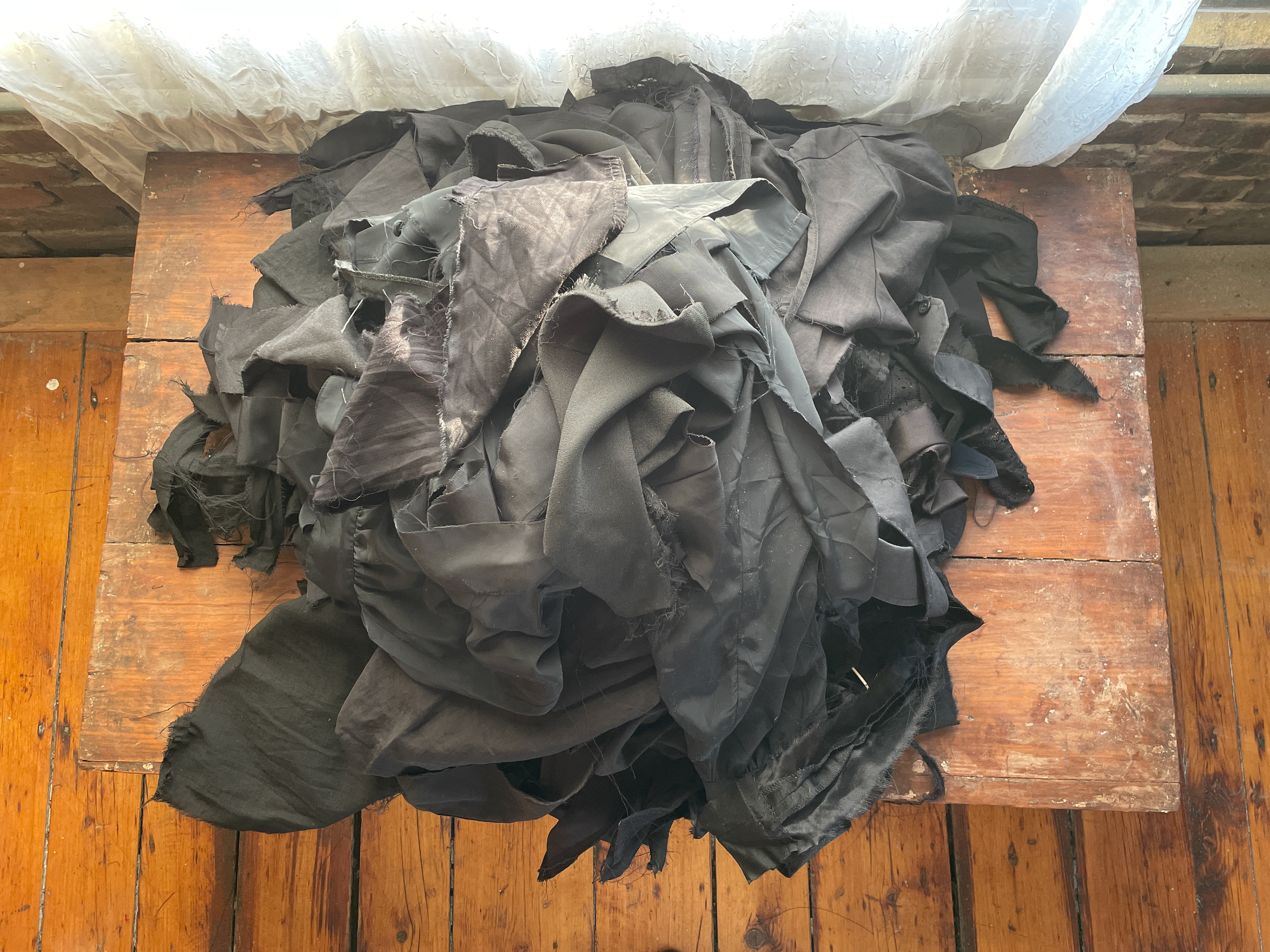
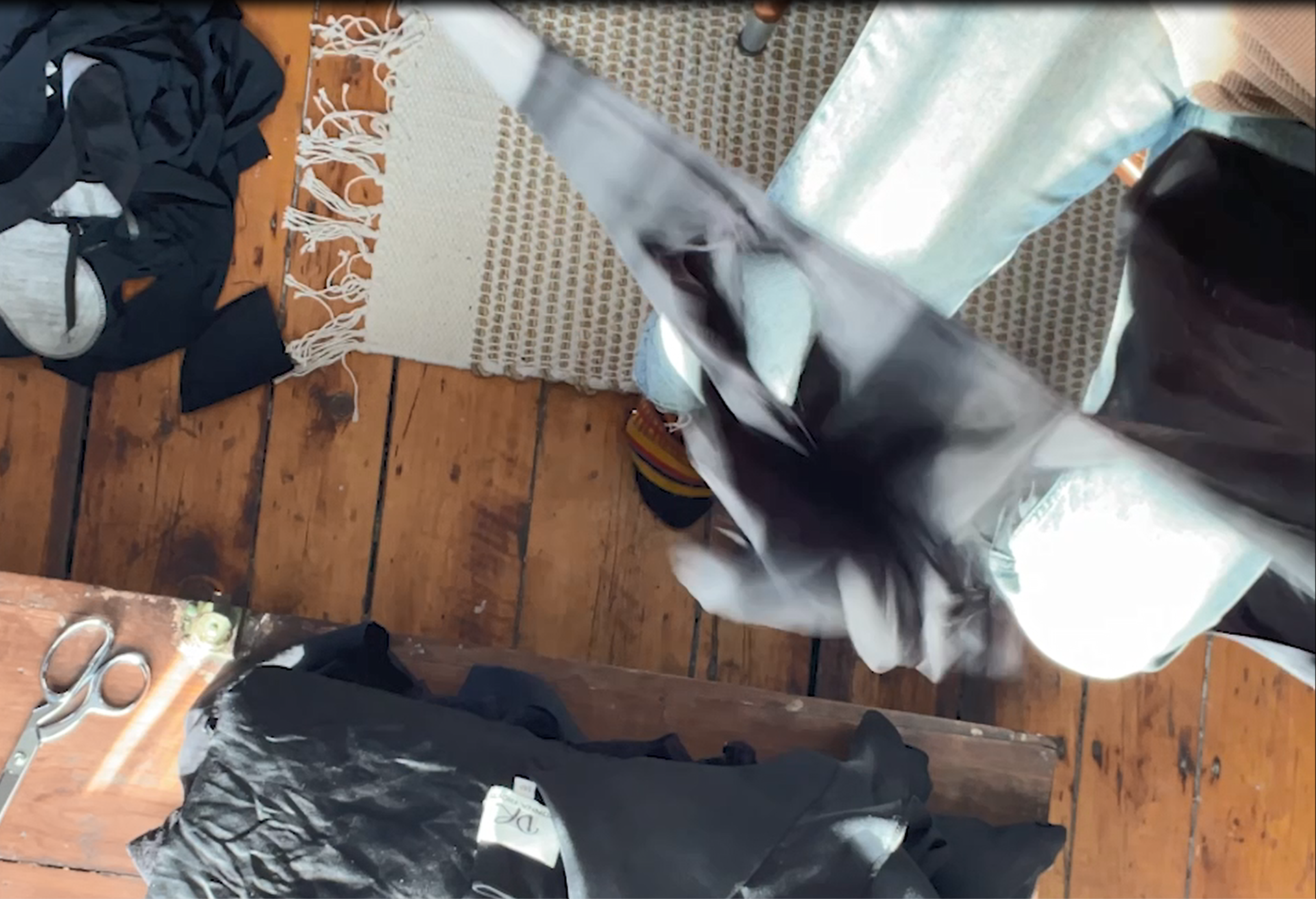
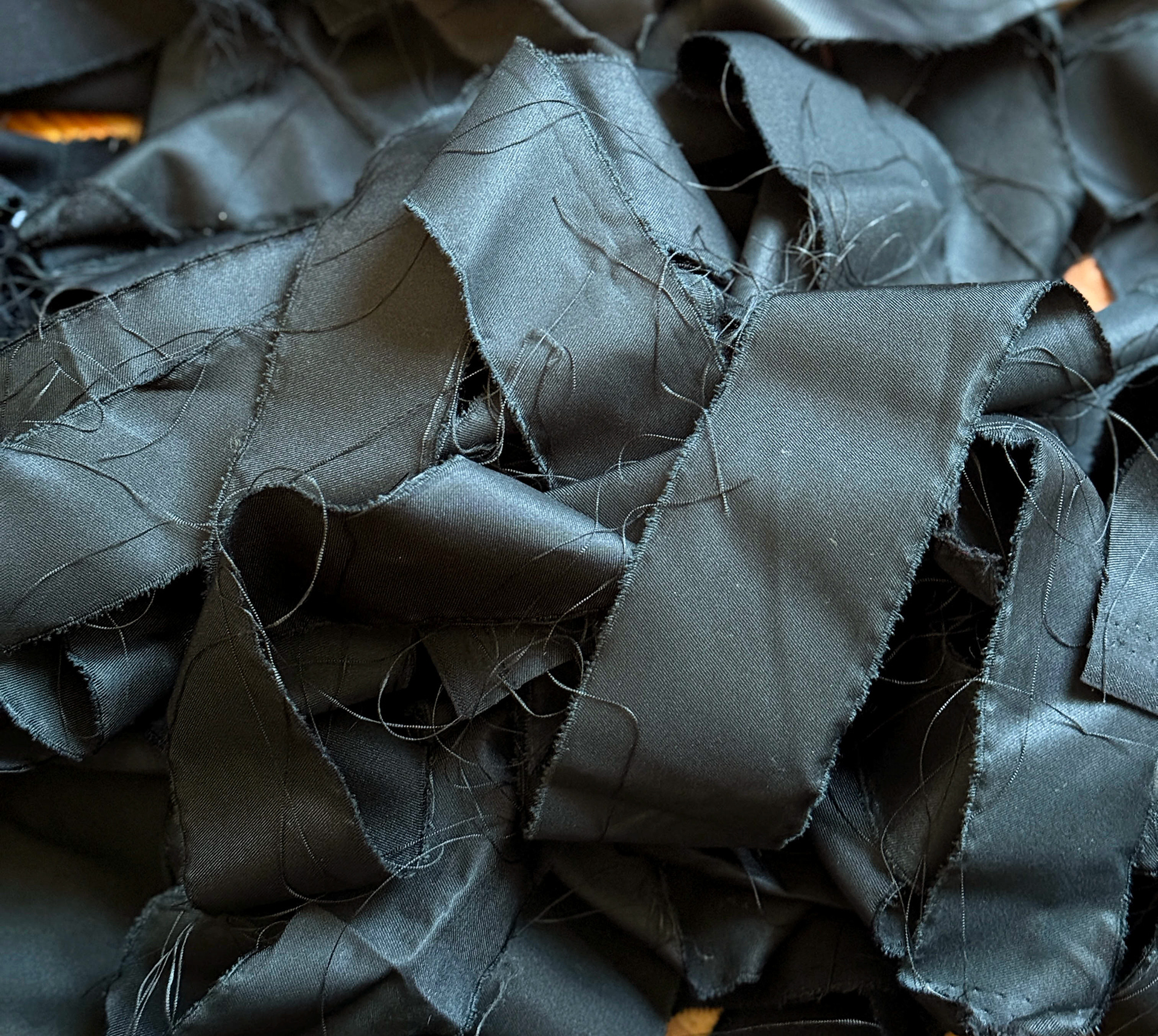
Top: Piles of second-hand garments to tear
Bottom: Process of tearing garments, pile of torn strips ready for weaving
Process
Mourning Light is a collection of garments that considers both grief ritual and somatic release in the process of preparing the material. The rigorous, physical manipulation of the black textile is not only laborious, requiring ongoing body movement, but also facilitates a dedicated consciousness and present state of mind in figuring out the best way to tear different sections of second-hand garments, and preserving elements that display what once was — collars, cuffs, trims, etc. In doing so, the viewer, or wearer, is encouraged to consider not only how the newly constructed garment was made, but also where the torn garments came from and who might have worn them.
The garments' woven construction is deliberate in choosing a method involving repetitive motion and movement, aiming to shift from what may be a tense material processing phase into a more meditative construction phase. What was lost is not forgotten in this phase of imagination and creation, as varying material strips are intertwined against a cardboard pattern to sculpt new, wearable garments that display a grief that words can't describe while carrying hope for a better tomorrow.
Detail of preserved cuffs, collars, and trimmings from torn garments
Weaving process on cardboard loom
Design Outcome
Mourning Light was exhibited as a part of PORT, a sustainable fashion show in Philadelphia. This collection was 1 of 6 collections, each by designers who prioritize sustainability in their creative practice. Although use of second-hand garments in this collection is specific to the creative concept, any supplemental material used was upcycled textile waste donated by the show sponsor, FabScrap.
PORT Fashion Show, Philadelphia, November 2024
Models: Mary Zhou, Galaxie Cantu, Lora Anderson, Savan DePaul, Mithsuka Berry, Matea Rae

